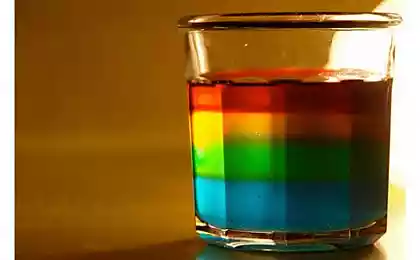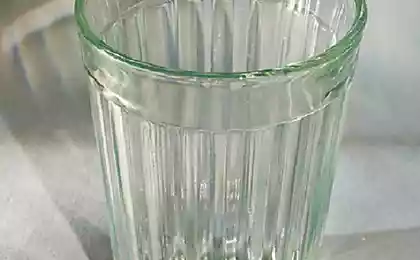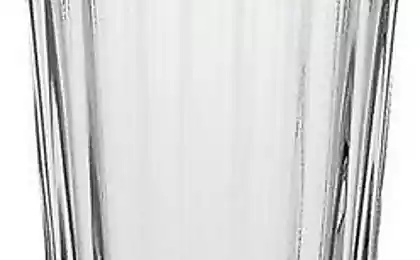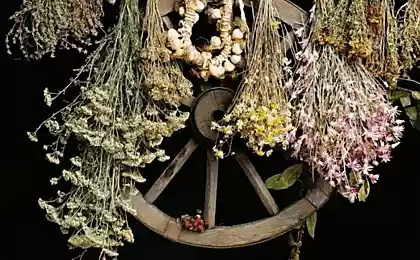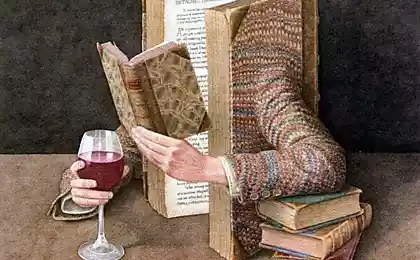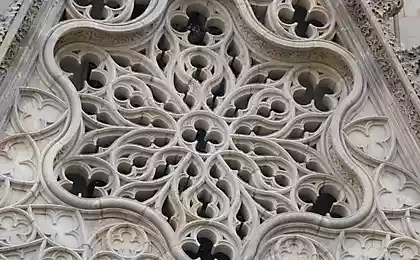938
7 interesting facts about the faceted glass
September 11 - the day of faceted glass. No, it's not a joke over drinkers, but a good excuse icon smile 7 interesting facts about the faceted glass birthday this glassware is considered to be September 11, 1943. As history shows, on this day at the glass factory in Gus-Crystal was released the first Soviet faceted glass.
7 pictures and text here
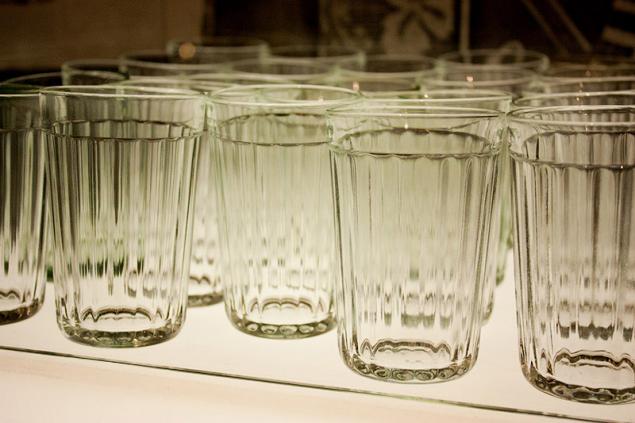
1. Design glass tumbler Soviet-style attributed to Vera Mukhina, the author of the monumental composition "Worker and Collective Farm." However, no documentary evidence of this. According to some reports, Ignatyevna developed specifically for the shape of glass Soviet catering.

2. "Mukhina" glass, thanks to a smooth ring, marching in a circle, and distinguishes it from the traditional form of cut glass, was not only extremely durable, but also convenient for dishwasher. Due to this the Soviet glass for many years prescribed in the table and on the railways.
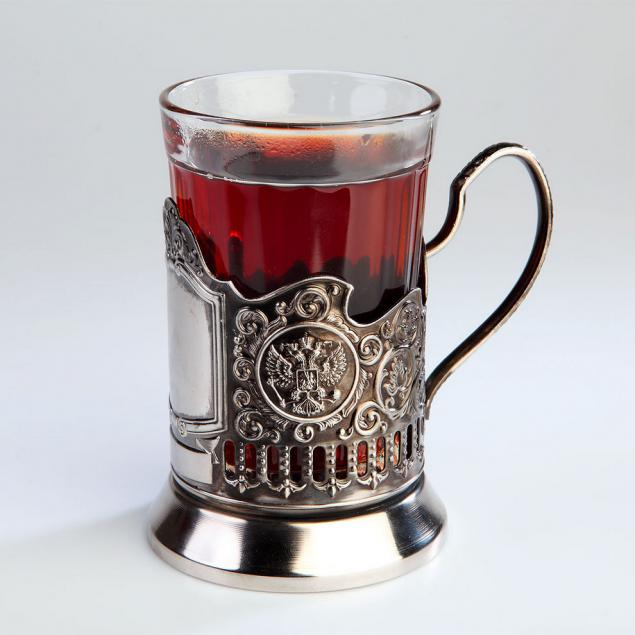
3. As well as actively used in street vending carbonated beverages.

4. The size of a standard glass tumbler - 65 millimeters in diameter and 90 mm in height. The first had a glass of 16 faces, that is now regarded as "classics." There are instances, and with 12 and 14, and 18, and with faces 20 and 17 with the edges (but they are not as typical as to produce glasses with an even number of faces easier). On the bottom of the beaker typically extruded price - 7 or 14 cents (as cost "20 wrenches»).

5. With regard to the usual cut-glass cup (without a smooth upper rim), it was known much earlier - during the time of Peter the Great. He testified that faceted glass emperor presented as unbreakable dishes for drinking alcoholic beverages. The king, carried away, as is well known, the ship business, a gift appreciated, stating that this cup will not fall down on the floor while pitching the ship, and if they fall, it will not break.
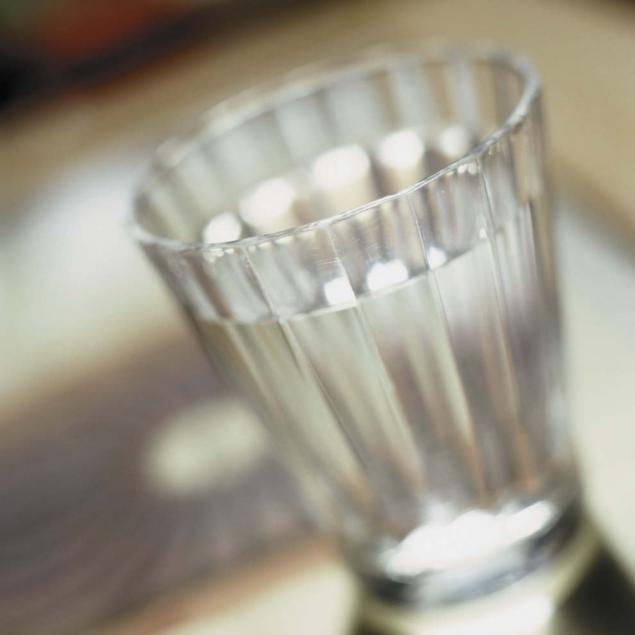
6. More recently, 12-sided glass of tea was depicted on paintings by famous Russian artist Kuzma Petrov-Vodkin "Morning Still Life" (1918). This dishes and became the progenitor of the Soviet faceted glass.
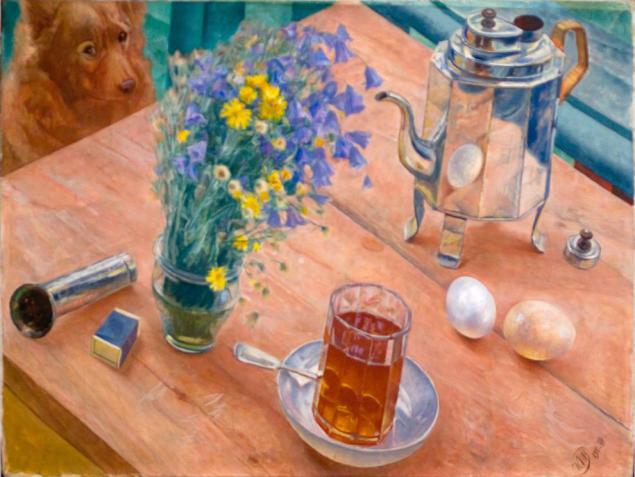
7. The term "figure for three" is directly connected with the Soviet faceted glass. The fact that up to the rim of the glass in a 200-gram glass is placed exactly 167 grams of vodka - one-third of a half-liter bottle that allows you to share the contents of "conscience».
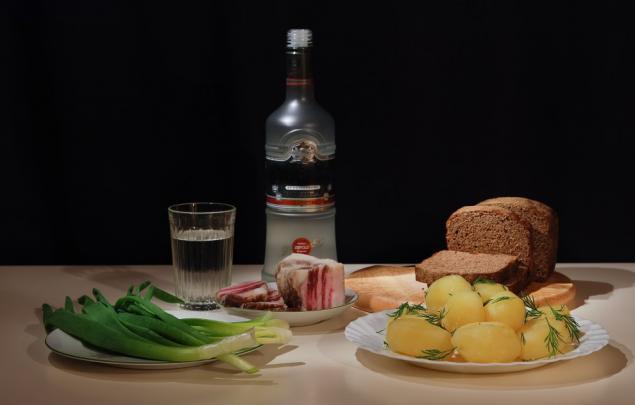
Source:
7 pictures and text here

1. Design glass tumbler Soviet-style attributed to Vera Mukhina, the author of the monumental composition "Worker and Collective Farm." However, no documentary evidence of this. According to some reports, Ignatyevna developed specifically for the shape of glass Soviet catering.

2. "Mukhina" glass, thanks to a smooth ring, marching in a circle, and distinguishes it from the traditional form of cut glass, was not only extremely durable, but also convenient for dishwasher. Due to this the Soviet glass for many years prescribed in the table and on the railways.

3. As well as actively used in street vending carbonated beverages.

4. The size of a standard glass tumbler - 65 millimeters in diameter and 90 mm in height. The first had a glass of 16 faces, that is now regarded as "classics." There are instances, and with 12 and 14, and 18, and with faces 20 and 17 with the edges (but they are not as typical as to produce glasses with an even number of faces easier). On the bottom of the beaker typically extruded price - 7 or 14 cents (as cost "20 wrenches»).

5. With regard to the usual cut-glass cup (without a smooth upper rim), it was known much earlier - during the time of Peter the Great. He testified that faceted glass emperor presented as unbreakable dishes for drinking alcoholic beverages. The king, carried away, as is well known, the ship business, a gift appreciated, stating that this cup will not fall down on the floor while pitching the ship, and if they fall, it will not break.

6. More recently, 12-sided glass of tea was depicted on paintings by famous Russian artist Kuzma Petrov-Vodkin "Morning Still Life" (1918). This dishes and became the progenitor of the Soviet faceted glass.

7. The term "figure for three" is directly connected with the Soviet faceted glass. The fact that up to the rim of the glass in a 200-gram glass is placed exactly 167 grams of vodka - one-third of a half-liter bottle that allows you to share the contents of "conscience».

Source:


